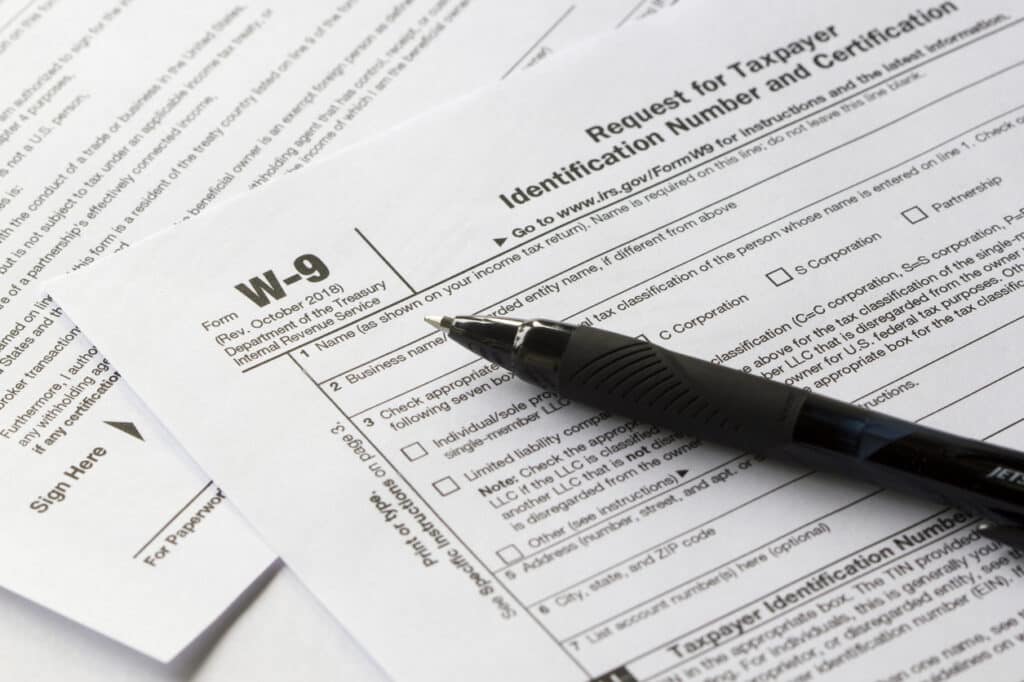W-9 vs. W-8: What Are They, and What’s the Difference?

Form W-9 is used by US persons to provide their tax identification number (TIN). W-8 forms are used by foreign individuals and entities to claim tax treaty benefits and to establish the payee’s foreign status for withholding purposes. This guide will help you navigate the requirements, purposes, and key differences between these important tax forms.
Understanding IRS Forms: W-8 vs. W-9
The W-9 Form for Reporting your TIN
Form W-9 is used to report your taxpayer identification number (TIN), which can be a Social Security number (SSN) or an individual taxpayer identification number (ITIN).
This form is primarily used by US citizens, residents, and entities to provide their correct TIN to the IRS. It is commonly requested by banks, financial institutions, and employers for US tax reporting purposes.
- Who should use the W-9: Independent contractors, freelancers, US individuals, and businesses receiving income
- Key information provided: Tax ID number, business name, Social Security number, employer identification number (EIN)
- Reporting requirements: Ensures correct tax residency and compliance with FATCA
- When to use: When starting a job as an independent contractor, opening a bank account, or in any situation where you need to provide your TIN to a US entity
The W-8 Series Tax Forms for Non-US Citizens and Entities
The W-8 form series is used to certify that the filer is not a US citizen or resident. There are five variations of the W-8 series forms, each serving different purposes for non-resident aliens and foreign entities with US-sourced income.
- Form W-8 BEN: Certificate of Foreign Status of Beneficial Owner for United States Tax Withholding and Reporting (Individuals)
- Form W-8 BEN-E: Certificate of Status of Beneficial Owner for United States Tax Withholding and Reporting (Entities)
- Form W-8 ECI: Certificate of Foreign Person’s Claim That Income Is Effectively Connected With the Conduct of a Trade or Business in the United States
- Form W-8 EXP: Certificate of Foreign Government or Other Foreign Organization for United States Tax Withholding
- Form W-8 IMY: Certificate of Foreign Intermediary, Foreign Flow-Through Entity, or Certain US Branches for United States Tax Withholding
- Who should use the W-8: Non-citizens, foreign individuals, partnerships, foreign entities, and self-employed individuals
- Key information included: Country of residence, type of income, tax treaty benefits, tax identification number (TIN), and withholding rate
- Purpose: Ensures compliance with US tax laws and proper tax withholding by the withholding agent
- When to use: When receiving income from US sources as a non-resident alien or foreign entity to ensure the correct application of tax treaty benefits and proper tax withholding
For more detailed information on each form and its specific use, visit the IRS website or consult with a tax professional service like Greenback Expat Tax Services.
Contact us, and one of our customer champions will gladly help. If you need very specific advice on your specific tax situation.


